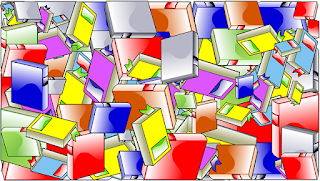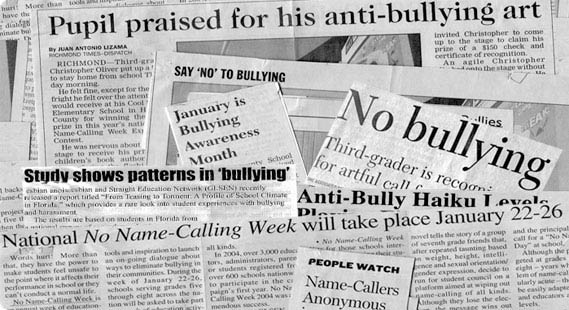Enokson.
(January 18 2012). DISPLAY: Reading Helps Your Mind Bloom – “Reading”.
Retrieved from: https://www.flickr.com/photos/vblibrary/6722238135
Reading is an important
skill that one should continually develop one’s strength in. Through reading,
you develop comprehension and interpretational skills. These skills are
essential to have because they are what allow you to analyze, evaluate,
summarize and connect different ideas and concepts. I would argue that this is
the most crucial of the strands to learn and develop because without the skills
you learn from reading, you are unable to think critically and creatively about
academics. I would also go as far as to say that without these skills, you
would be unable to think critically and creatively about all that life throws
at you, because you will be unable to analyze critically and come to
conclusions.
I useful source that I
came across while exploring Edugains “Reading” section was a resource entitled
“ALERT Necessary for Some: How to Help Students Who Struggle with Reading”. This
resource provides teachers with an understanding of the different reading
skills and levels that students may be at within a classroom. The article
provides you with a chart that is helpful for brainstorming ideas, as well as
providing you with a checklist of things that good readers do.
Retrieved from: https://pixabay.com/en/literature-library-reading-owl-297187/
The reading strand of
the Ontario Curriculum of Language grades 1-8 states:
“an
effective reader is one who not only grasps the ideas communicated in a text
but is able to apply them in new contexts,” (p. 10).
This enforced through the article through the use of
Ms. Waters example of a reading chart. The chart has three columns: I Read, I
Think, and Therefore. This is an excellent chart for students because it
focuses their attention on ideas from the reading, as well as making
connections to the text and information/ideas that they knew prior to the
reading. Students are to use this chart to record the main components that the
curriculum views as important.
Retrieved from: https://pixabay.com/en/books-pattern-reading-wallpaper-157688/
This article is useful
in the classroom because students can learn how to use the example of the chart
to help them with their own reading and thinking. Due to the fact that not all
students will be at the same reading level as others, and not all students are
able to understand the reading, this resource is a great starting point to
introduce to your classroom. It is easier to record verbatim what the text
says, as opposed to digging into the text at a deeper thinking/reflecting
level. They are assigned the task of determining the meaning of the text, and
making connections, as well as conclusions, through the use of the chart “I
Read, I Think, Therefore”. The chart will reveal to the educator where students
are at in their interpretational skills, as well as their reading and
comprehension skills. This will allow educators to help develop students
develop stronger reading skills where needed.
The chart would look as
follows:
I
Read
|
I
Think
|
Therefore
|
|
Key
ideas from the text
|
Connections
from the reading and what you knew prior to reading the text
|
Draw
ideas from the text for a conclusion
|
The chart will benefit students understanding of
texts because they have to focus on certain points individually, as well as
draw connections for deeper understanding. It would be useful to utilize this
chart individually, but also in small group/whole group discussions. The
article has educational benefits because it provides educators with examples on
how to get students to think on a deeper level about what they just read. By
making this activity an individual activity, students are demonstrating where
their current reading and comprehension skills are at. However, by allowing
students to discuss their findings afterwards, in small groups or whole groups,
students will be able to see different connections and perspectives that they
might not have found themselves, but are able to see later.
Therefore, these skills
are beneficial for all students to master because students will be able to
broaden their understanding in more creative and critical ways. They will learn
analytical and evaluative skills that will allow them to summarize and draw
conclusions. This can only benefit students learning because once you master
these skills, you will become deeper thinkers, allowing you to understand ideas
and concepts at a higher level, which allows for growth in understanding and interpretation.
Jimmie.
(August 7 2009). Reading response prompts minioffice cover. Retrieved from: https://www.flickr.com/photos/jimmiehomeschoolmom/3797363577








